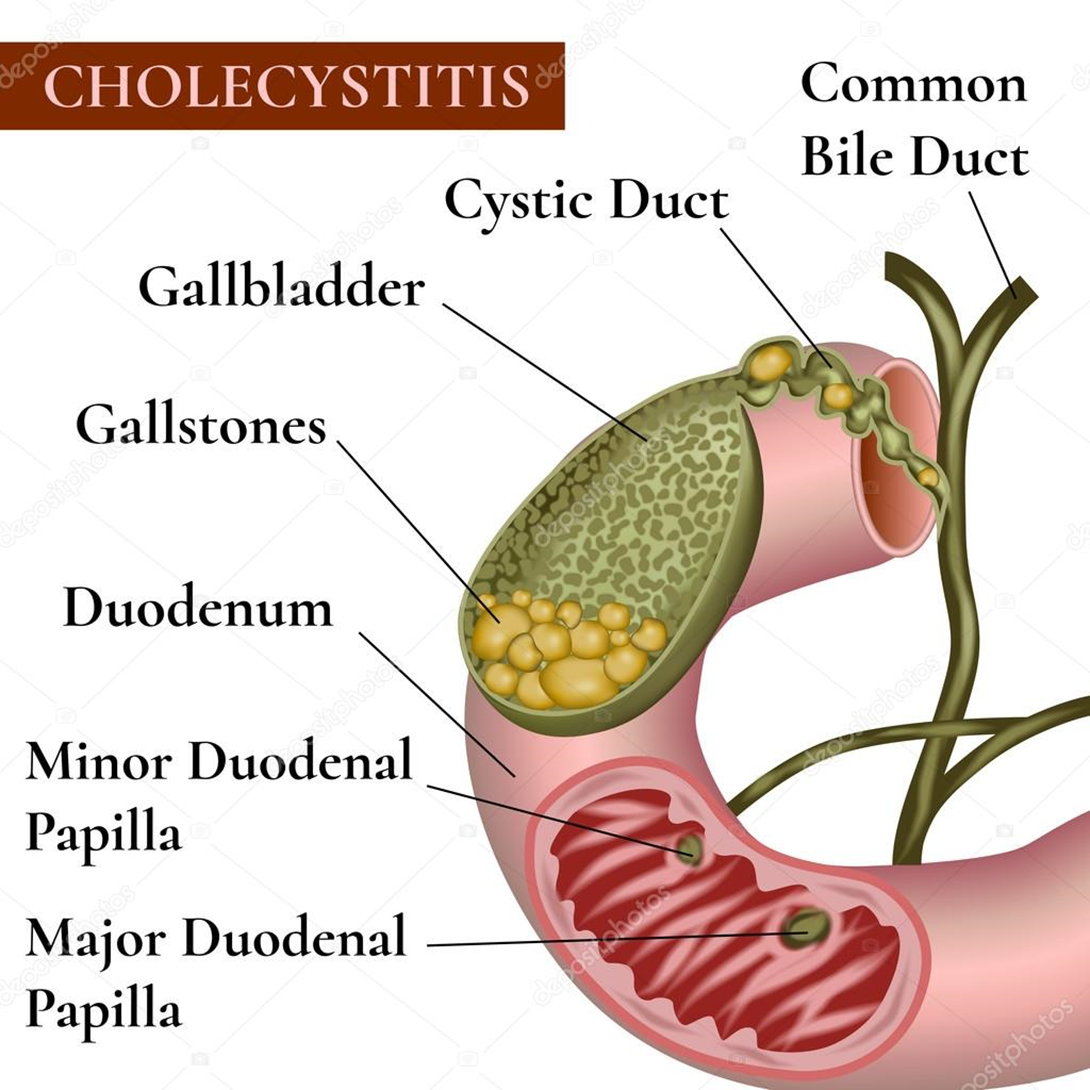A nurse is talking with a client who has cholelithiasis and is about to undergo an oral cholangiogram. Which of the following client statements indicates to the nurse an understanding of the procedure?
"I will have a camera put down my throat so they can see my gallbladder."
"They are going to examine my gallbladder and ducts."
"They'll put medication into my gallbladder to dissolve the stones."
"Soon those shock waves will get rid of my gallstones."
The Correct Answer is B
Choice A reason: This choice is incorrect because an oral cholangiogram does not involve putting a camera down the throat. That procedure is more akin to an endoscopy.
Choice B reason: This statement is correct. An oral cholangiogram involves taking an Xray examination of the gallbladder after the patient has taken an iodine based contrast agent orally. The procedure is used to diagnose problems related to the gallbladder, such as gallstones or issues with bile flow.
Choice C reason: This choice is incorrect because an oral cholangiogram does not involve putting medication into the gallbladder to dissolve stones. That description is more consistent with nonsurgical treatments for gallstones, such as oral bile acid pills.
Choice D reason: This choice is incorrect as it describes a different procedure known as extracorporeal shock wave lithotripsy (ESWL), which uses shock waves to break up gallstones.

Nursing Test Bank
Naxlex Comprehensive Predictor Exams
Related Questions
Correct Answer is C
Explanation
Choice A reason: Ménière's disease typically presents with vertigo, tinnitus, and hearing loss, not sudden resolution of ear pain with otorrhea.
Choice B reason: Mastoiditis may cause ear pain and drainage, but it is usually accompanied by fever and tenderness over the mastoid bone, not sudden pain resolution.
Choice C reason: A perforated tympanic membrane can lead to the sudden resolution of ear pain followed by drainage, as the pressure causing the pain is relieved when the eardrum ruptures.
Choice D reason: Acoustic neuroma typically presents with progressive hearing loss and tinnitus, not ear pain or otorrhea.
Correct Answer is A
Explanation
Choice A reason: Serum creatinine is a waste product from the normal breakdown of muscle tissue. A level of 1.8 mg/dL is higher than the normal range (0.61.2 mg/dL for females), indicating impaired kidney function and an increased risk of AKI.
Choice B reason: A magnesium level of 2.0 mEq/L is within the normal range (1.72.2 mEq/L) and does not typically indicate an increased risk of AKI.
Choice C reason: A BUN level of 20 mg/dL is within the normal range (720 mg/dL) and does not suggest an increased risk of AKI by itself.
Choice D reason: A serum osmolality of 290 mOsm/kg H2O is within the normal range (275295 mOsm/kg H2O) and does not indicate an increased risk of AKI.
Whether you are a student looking to ace your exams or a practicing nurse seeking to enhance your expertise , our nursing education contents will empower you with the confidence and competence to make a difference in the lives of patients and become a respected leader in the healthcare field.
Visit Naxlex, invest in your future and unlock endless possibilities with our unparalleled nursing education contents today
Report Wrong Answer on the Current Question
Do you disagree with the answer? If yes, what is your expected answer? Explain.
Kindly be descriptive with the issue you are facing.
